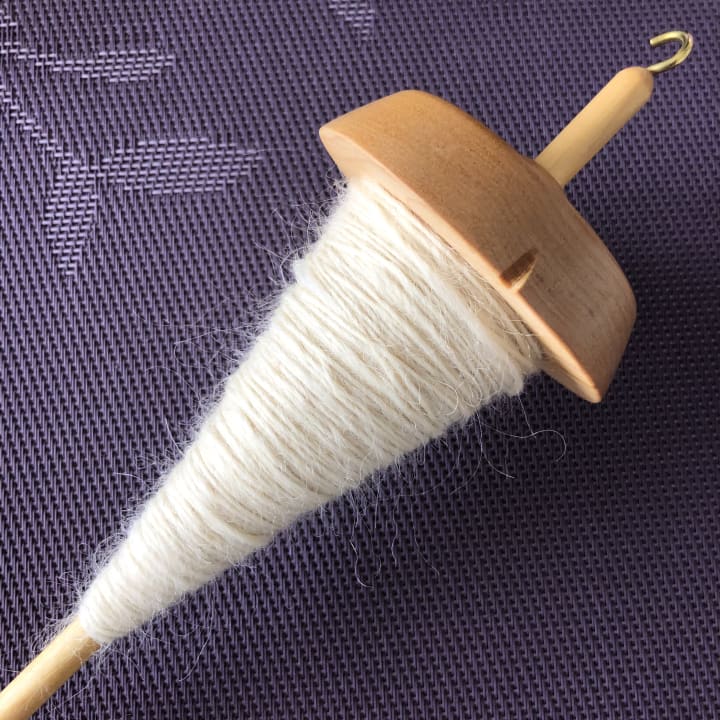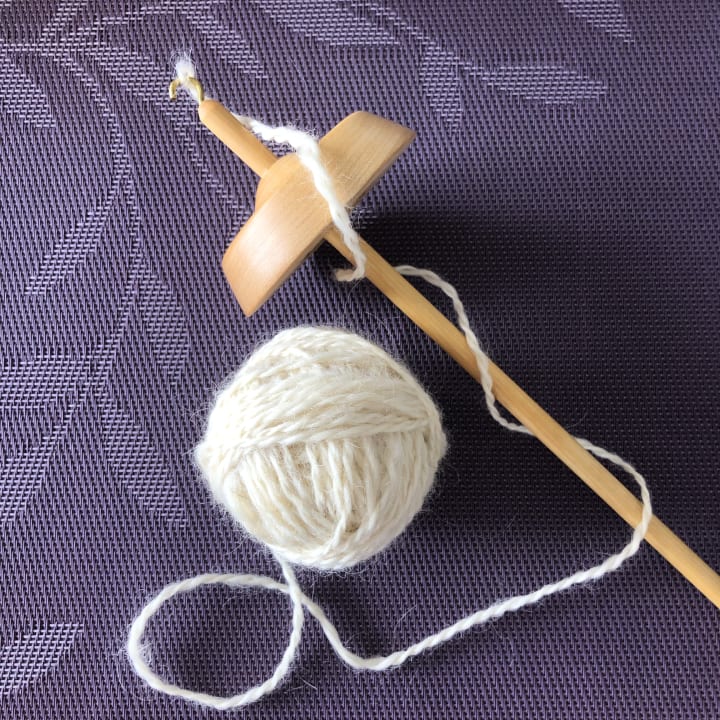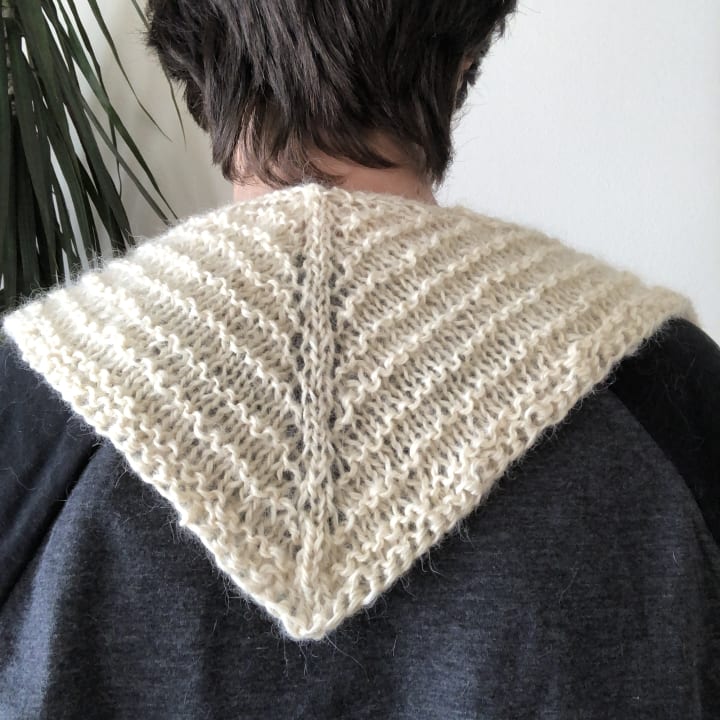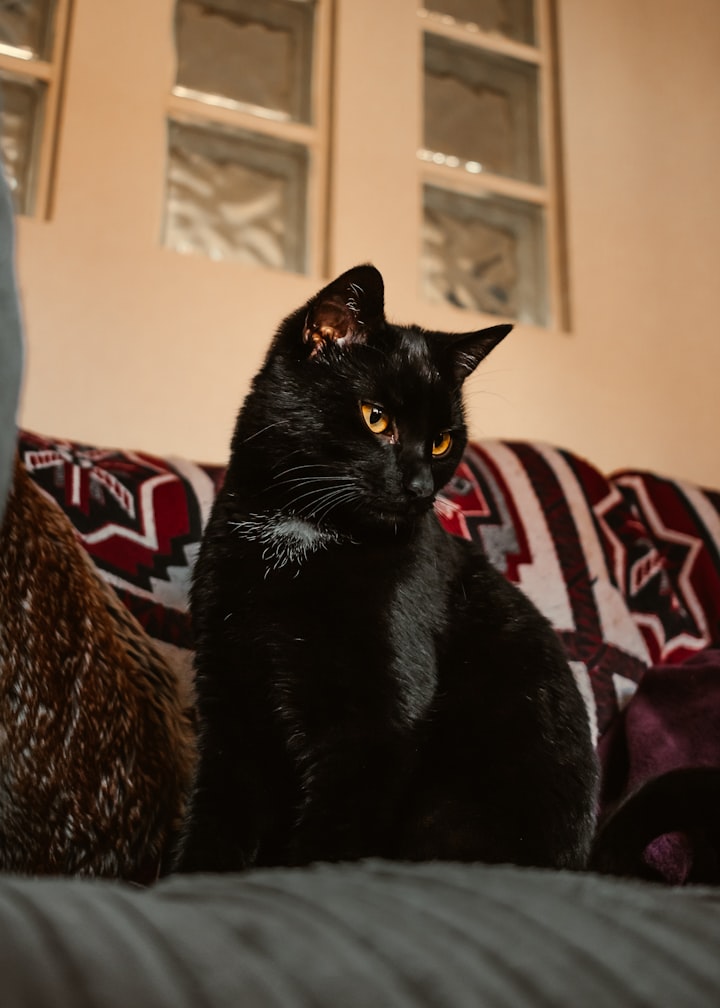Teeswater Wool: an Adventure in Rare Fiber
Working with this wool was a whirlwind of emotions!

The serenity of raising a fiber flock calls to me like nothing else ever has. As a fiber artist, the idea of knowing exactly where my fiber came from–how it was raised, how it was harvested, how it made the environment healthier–has brought me such excitement and joy that I have made it my life’s goal. Among my favorite wools are alpaca and angora rabbit (I am a sucker for all things soft).
But in recent years, my attention has turned towards sheep. Near the end of my college career I had several encounters with sheep that caused me to cast off my previous prejudices of stupidity and flightiness. I met and petted sheep whom were kind, and calm, and soft. So I discovered I wanted to have these endearing creatures as part of my fiber flock.
So I began my investigation into sheep breeds and what would be the best option for my future fiber farm and my experience level. I eventually found and fell in love with the Icelandic sheep for its tri-purpose characteristics, but I knew that as a fiber artist I had to try spinning their wool. Although the roving I received was a joy to spin, the resulting lopí (the traditional way of spinning Icelandic wool, both outer- and undercoat together) was too rough for my preference.
I began to question my choice, and recently began investigating the Livestock Conservancy’s breed priority list in search of rare sheep whose fiber I enjoyed and whose breed was in great need of bolstering. After reading the Livestock Conservancy’s information on each breed in the “critical” category, I decided to try out some Teeswater. What follows is my experience of spinning this rare wool.
Spinning the Thread
I was very excited to receive my ounce of Teeswater roving. Opening my package, I found a small mesh bag packed delicately with a narrow, creamy roving. Untying the drawstrings, I pulled out the fiber to have a feel of its texture. As I had expected, the fiber was stiff, yet smooth, but there was a springiness to it that I was surprised to find. For all the talk of luster and smoothness, I had not heard of how lofty and fluffy the fiber would be in the roving.
Pre-drafting was not the easiest. Teeswater locks are quite long–the sheep can grow up to an inch of fiber in a month, meaning that the semi-annual shearings can yield a staple length as long as six inches. Because I tear off short segments of roving, pre-drafting can be difficult with a long staple length. My hands need to be very far apart to draw out the fibers, and on a short segment there isn’t much room to do that. Nonetheless, I persevered and eventually began to spin.
Spinning was breezy. As the wool was neither too sticky nor too slippery, drafting was smooth. I spun quickly, eating away length after length of roving, until I had transferred the whole ounce from bag to drop spindle.
But as I went along, I gave the spun fiber a feel. It was rough to the touch, and very hairy. My heart sank. I had been hoping the touted “luster” of the wool would overcome the high micron count. It was not to be.
Yet, I did not give up on the wool. I had found a greater smoothness and draping after setting the twist on my previous spinning adventures, so I looked to the future of the spinning process.

Plying into Yarn
At last, I finished the thread. It was now time to unwind the thread from the drop spindle and give it the second spinning; the plying.
I must break now to discuss my favorite method of plying. I am particularly fond of this method because I only have drop spindles and no bobbins or lazy Kates or a wheel onto which to ply. This method gives me the ability to ply from a single thread, and the assuredness that whatever I take off my drop spindle will fit back onto that same drop spindle. I present Andean plying.
Andean plying is essentially a specific type of wrapping of yarn or thread around one’s hand, the end result of which is the ability to draw from both ends of the same thread simultaneously. This means I can remove the thread from my spindle by wrapping it around my hand, then from that hand ply into yarn with the same spindle. As someone with only a few drop spindles, this method of plying has been a lifesaver.
Of course, I used Andean plying for my Teeswater thread when I had spun every last trace of fiber. The result was encouraging. The fiber was becoming more put together and arranged as I plied. The appearance of the two-ply was pleasing, with its delicate ridges. But as the thread passed through my fingers, I discovered lumps and bumps that could not be squished down. The loftiness of the fiber was evident once more. I worried that the loftiness was a symptom of the thickness of the fibers and therefore a stiffness in the strands. Perhaps the resulting yarn would lack the drape I had been expecting.
Setting the Twist
Thirty minutes in a cold bath with all the air squeezed out, every open space filled with water. This is how one sets the twist of a spun and plied yarn. Once the skein has done its time, over a hanger it goes to dry.
I did just this with my Teeswater yarn. When I dunked it in, I noticed that it was very unlike any of the other yarns I had set before, like merino, or huacaya alpaca, or Icelandic. The Teeswater didn’t bubble as much. Less absorbent, less air trapped.
I hung it up to dry.
When I came back a day or two later, I was very pleased with the result. The yarn was drapey, almost tender, in long, straight strands. I began to hope again.

Knitting
My hope was quickly dashed. The stiffness returned when I began to knit.
Yes, it was somewhat loose when I worked it into a cast on, but I noticed a tendency for the yarn not to cling to the needle, not to slip through the loop. Was this because it was a “sticky” yarn rather than the “slippery” yarns to which I was accustomed? Yes, probably. But the way it held its shape left me wondering about the micron count again, if it was simply too thick a fiber to get the drape I had heard about.
This stiffness persisted in everything I knit. I tried lace pattern after lace pattern on a tiny triangle shawl sampler, using the same ounce of yarn over and over. It all looked clumsy and heavy, as if I’d piled loose yarn up instead of creating a clean stitch.
Eventually I gave up on lace, acknowledging that the fiber just didn’t want to behave that way (and that I was still too inconsistent in my spinning to make a lace-worthy yarn). But I had noticed in my lace patterns that the areas of plain stockinette stitch were flat and even and delicate. So I changed my tune and went for a simple stockinette pattern. The result was much more flattering towards the yarn. I still worried it was too stiff to make the pretty piece of outerwear I had been aiming for, but I knew to wait for the end result; the completed project after blocking.
Blocking–the Final Product
Another bath of cold water, this one much more brief. I noted again how little air could be squeezed out, how little water I wrung out.
Down to the basement to the blocking squares I went, the damp sample hanging from one hand. The simple little triangle was laid out, its corners pulled, its edges straightened; pins everywhere.
And then I waited.
And when I pulled out every last pin and picked up the mini-shawl, it draped itself delicately over my hand like a fine cotton sheet. Not in texture, but in action. It was a cascade of neat, tender fabric that held its shape well but still stretched generously. I was quite pleased. It did leave me wondering if the lace patterns I had thought up would have come out nicely after blocking, but I was still happy with the sample pattern I had.

Conclusions on Teeswater Wool
This wool certainly gave me a rollercoaster ride. First it was soft, then it was scratchy, then it was stiff, then it was delicate. While I formed many opinions throughout this spinning adventure, it took me a long time to figure out my overarching impression of the fiber.
Here’s what I have finally decided; Teeswater has its merits, but it is not my favorite fiber. While I can imagine having Teeswater sheep in my flock someday, it will not be the first fiber animal I go to. It has a nice fluidity to its final product, but it does not have the softness I seek out in my fibers and yarns. Should the day come when I am a better spinner who can create a consistently fine thread, I would love to reengage with teeswater to create lace-weight yarns to use for outer garments, such as lace shawls.
That being said, I encourage other spinners who are not opposed to a somewhat scratchy fiber to seek out Teeswater wool. It is fun to spin, pretty to look at, and has an excellent drape when all is said and done. Any purchase of Teeswater wool will help create demand for the breed, and therefore increase their numbers and save these sheep from extinction.
For more information about the Teeswater sheep, visit the Teeswater Sheep Society of North America’s website.
Enjoyed learning about this rare wool? Share this article on social media: doing so will spread awareness about the Teeswater sheep and help save the breed. Thank ewe!
Enjoyed reading this article? Support the writer (that’s me!) by sharing this article or leaving a tip. Every little bit helps both my writing career and my fiber arts business.
Want to read other articles I’ve written? Visit my Vocal Writer’s Page here or stay up to date with new articles posted on my Facebook page.
Interested in supporting my fiber arts business? Check out my Etsy shop for current products or follow me on Instagram or Facebook to stay up-to-date on new projects and products.
Thank you for reading and engaging!

About the Creator
Olivia Beech
Ruminations on nature, wonderings about existence, adventures into the other-worldly; follow me as I plunge into stories both fictional and real.






Comments
There are no comments for this story
Be the first to respond and start the conversation.